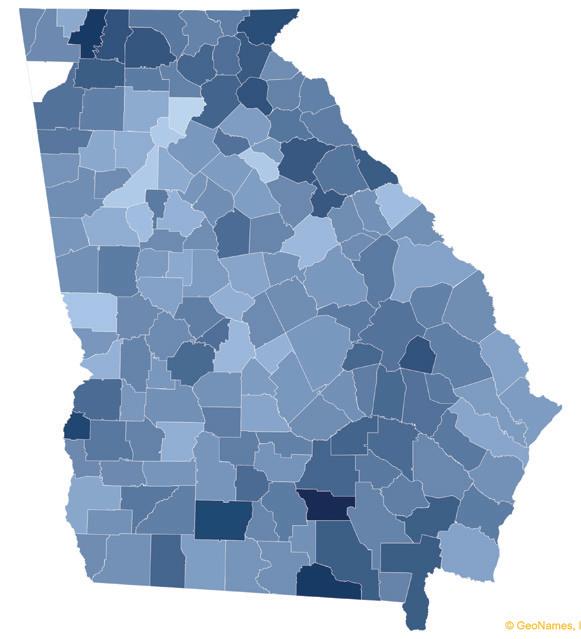
1 minute read
Georgians Face Inequitable Access to Care
Unequal access to affordable, high-quality health care continues to impact Georgians. Ranking third nationally in the number of uninsured people, the state’s decision not to fully expand Medicaid reflects its history of oppression and an imbalanced power structure. While more than 1 in 8 Georgians does not have health care coverage, the burden is heaviest on Georgians living in rural communities and Georgians of color—particularly Latinx Georgians. Georgia also ranks near the bottom for Medicaid spending per enrollee. On average, Georgia spent about $5,953 per full benefit enrollee compared to the United States average of $9,303 in 2020 (the most recent data available). Children make up a majority of Georgia’s Medicaid and PeachCare population, and the state spends about $2,426 per child enrollee—the second lowest in the nation. Georgia expects to spend $4.4 billion in state funds in FY 2024 to serve Georgians who are covered by Medicaid or PeachCare. Of note, the FY 2024 budget includes about $584,000 to allow pregnant women and children who are lawful permanent residents to enroll in Medicaid/ PeachCare without waiting five years. This small investment unlocks access to health care for new Georgians during the pivotal pregnancy, postpartum and childhood years.






